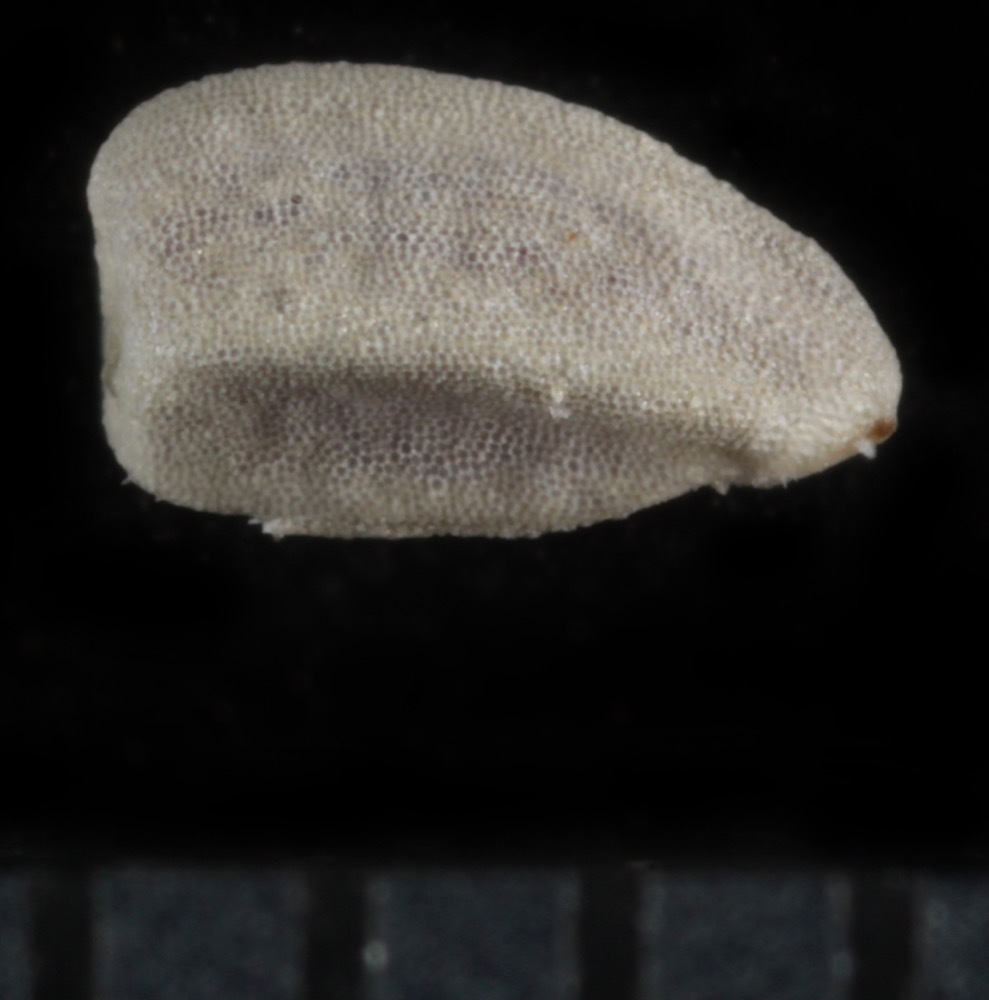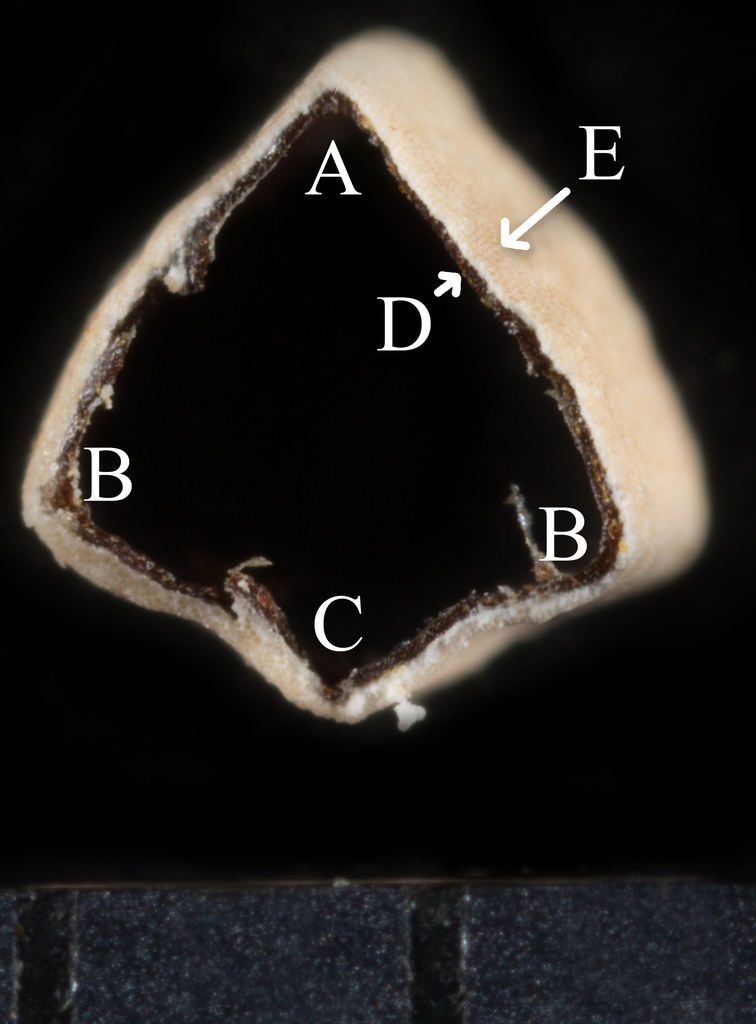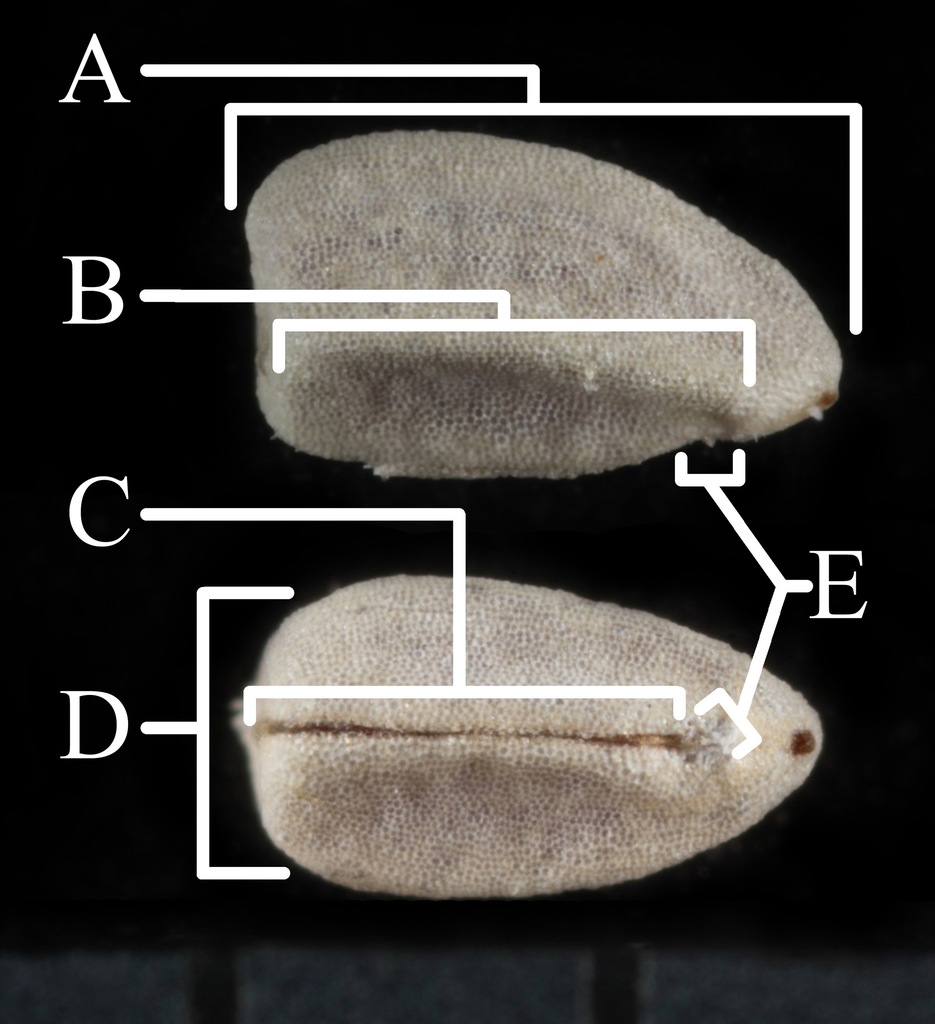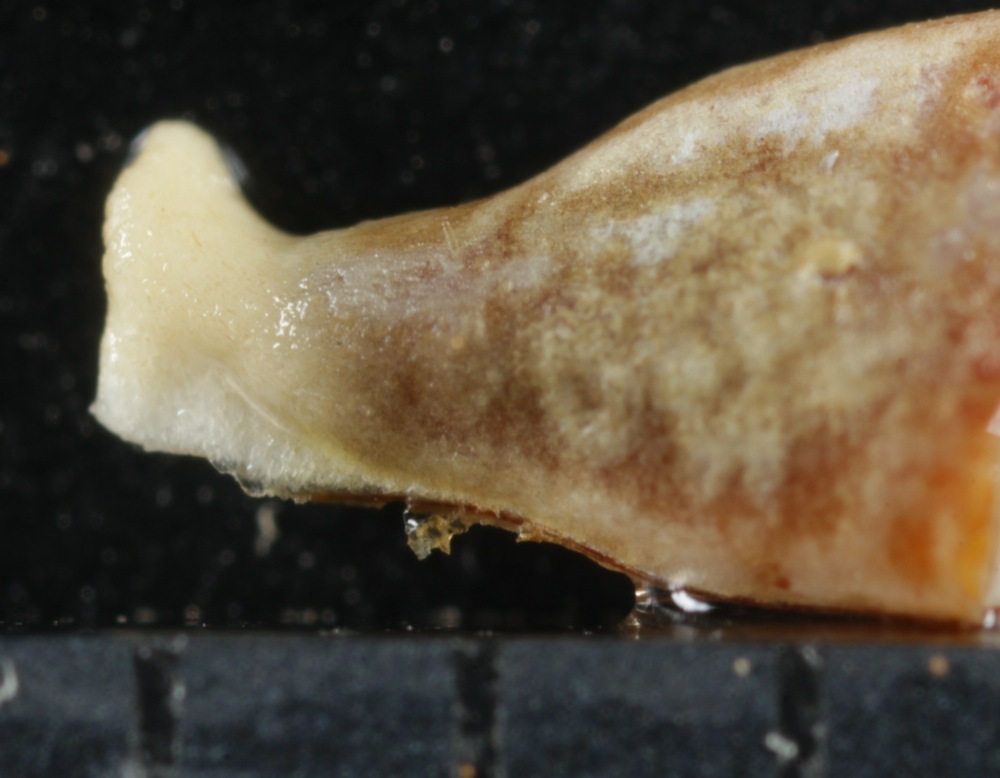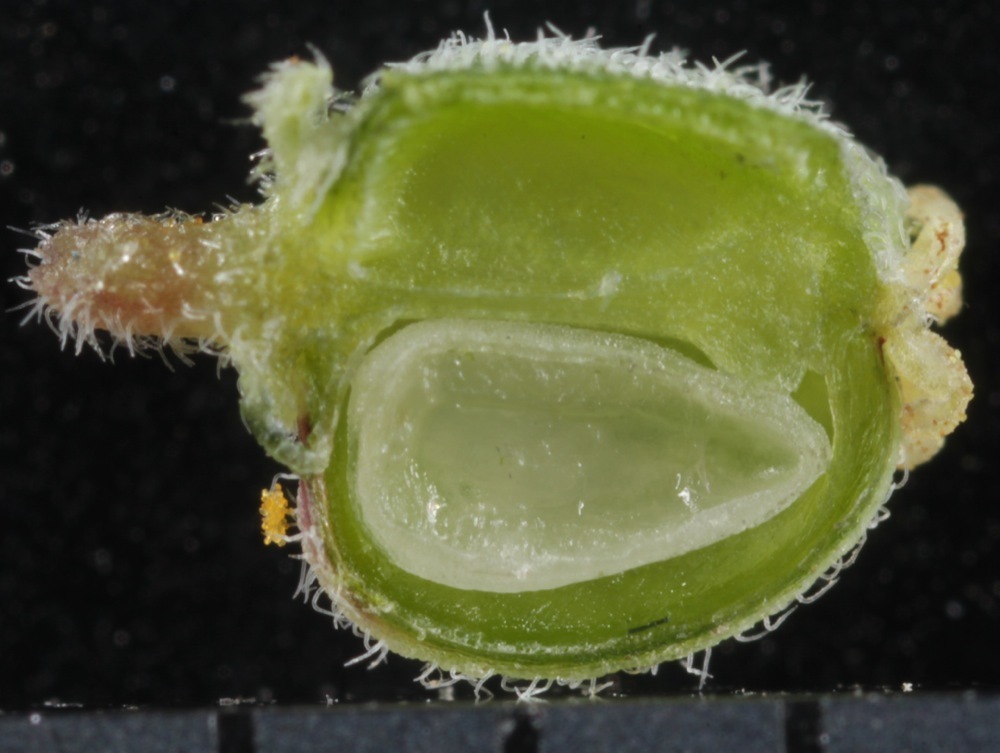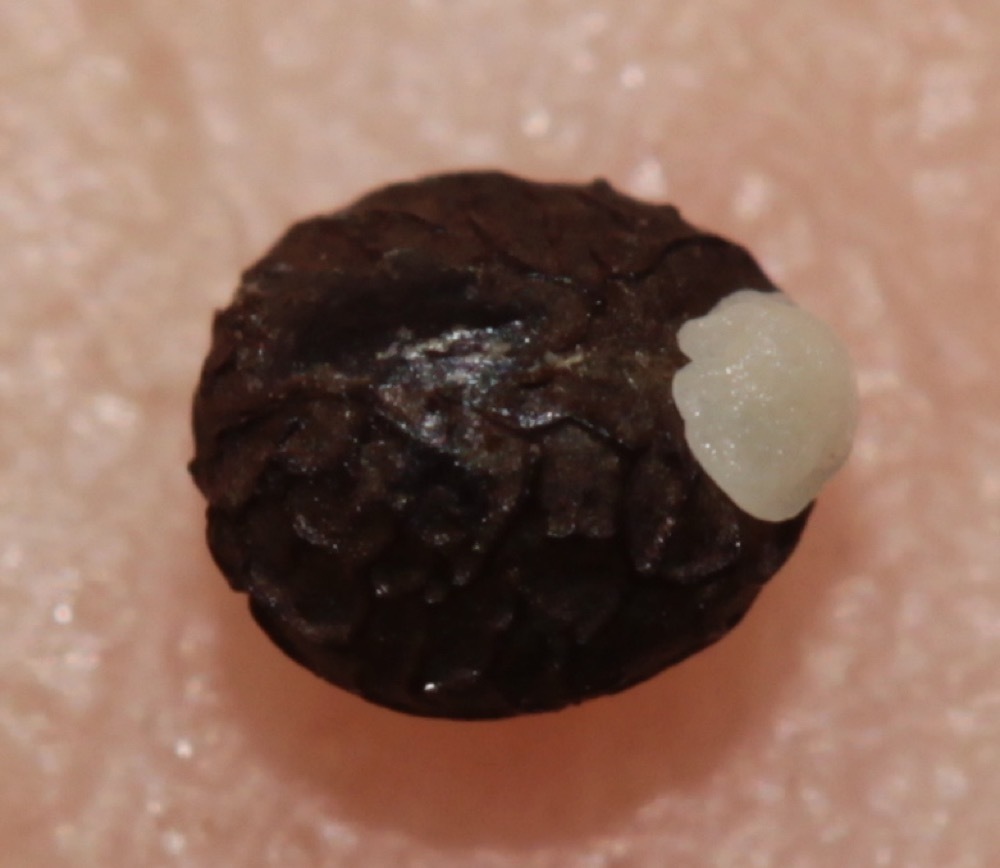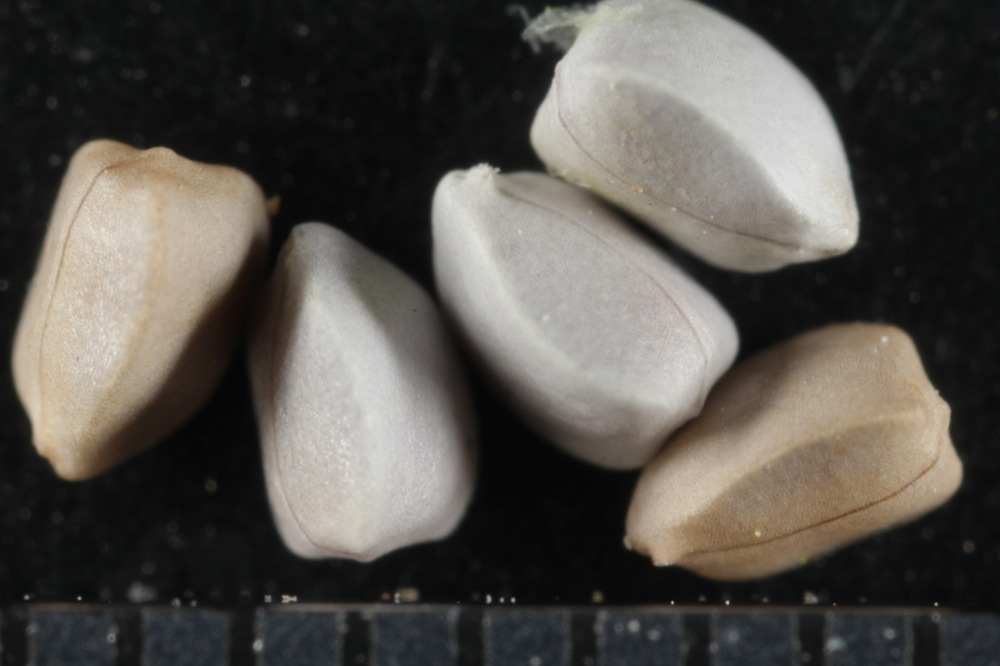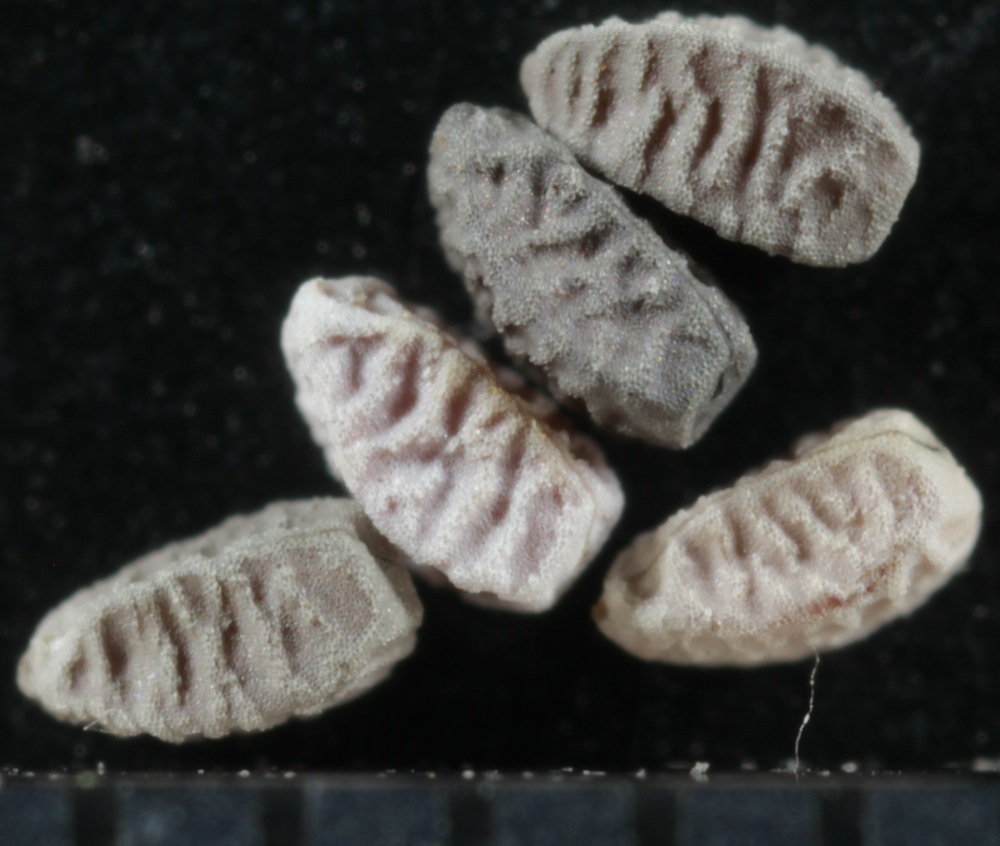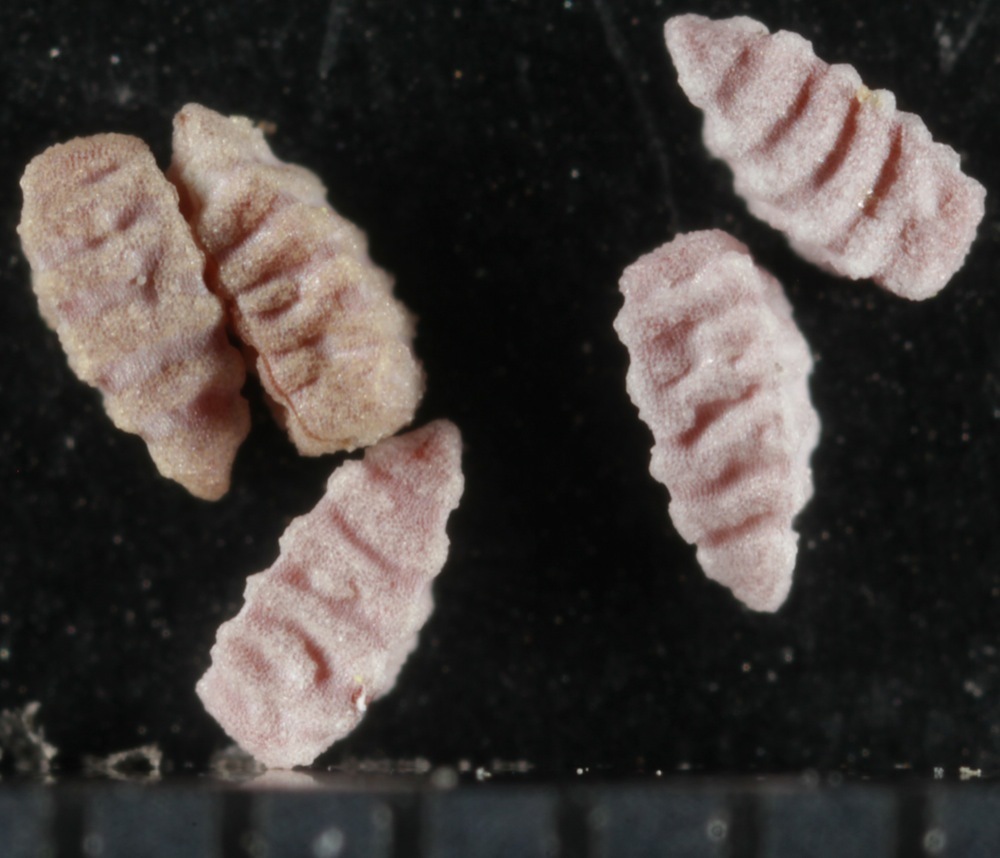Euphorbia, What to Photograph?
I've heard it mentioned a couple of times that it helps a lot for people to have an idea of what they need to photograph. Hopefully, this will help.
1. Habit.
This is tied for the most important thing to photograph. If the photo is clear, all the essential characteristics will be visible in one or two good habit shots. In plants that lie flat along the ground, this only needs to be a top-down photo. In something that is upright, it's important to get a top-down photo and one from the side or potentially one at an angle in-between.
2. Branches.
Stems with leaves, flowers, and fruit if present. This one is just as important as habit. This allows for seeing a lot of major characteristics including leaves, phyllotaxy, stipules, cyathia, and sometimes fruit.
3. Undersides of leaves and/or branches (generally optional).
This helps with some groups and may help one see styles which are important in a few species. This can be particularly helpful for the species that lie flat along the ground.
Close-ups of the characteristics themselves (all usually optional):
Stems.
For some species, you may need information about the hairs on the stems or even the stems themselves. To facilitate this, a close-up of the stem can be helpful. For instance, one useful way to distinguish E. hyssopifolia from E. nutans is be looking for internode hairs (long and straight or absent in the former; short and curly in the latter). Stems can also be winged (E. serpillifolia), somewhat flattened or completely round.
Species where this level of detail may be helpful: E. hyssopifolia, E. nutans, E. dentata, E. davidii, E. serpillifolia, and E. glyptosperma.
Leaves.
Depending on what group you photograph, there may be more than one type of leaf. This is particularly important in subgenus Esula, which have the typical stem leaves and then two types of bracts. Many members outside subgenus Esula have leaves that are different when growing under a cyathium. When this is the case, it can be useful to photograph all different types. It's always best to get photos of both sides of the leaves, though usually not necessary in the US members of the genus Euphorbia.
Species where this level of detail may be helpful: members of subgenus Esula, E. bicolor, E. marginata, possibly E. dentata, and possibly E. davidii.
Stipules.
Small triangular (often membraneous) structures between two pairs of leaves in section Anisophyllum. Stipules are technically made from leaf tissue at the base of the petiole. Stipules vary from being entire to deeply lobed or even fused with its neighboring stipule. These may be hairy or non-hairy. In some, they are even reduced to simple glands.
Species where this level of detail may be helpful: members of section Anisophyllum.
Cyathia.
Morphology explained simply here. Diversity in cyathial form within Euphorbia is vast. Though not always necessary for an ID, the uniqueness of these structures make them fun to photograph. Nearly every aspect of the cyathium may differ between species, but the most readily visible and often most useful diversity can be found in the glands and their appendages. The number of glands can vary from 1 to 5, and typically not 2 or 3 (rarely, plants will produce 2, 3, 6 and very rarely more glands). The gland ornaments can be petal-like, horn-like, or absent. If petal-like, they can be divided or undivided. They are usually white but can be pink, red, or (if horn-like) even yellow. These characteristics are usually visible from the branch photos but are fun to look at more closely.
Species where this level of detail may be helpful: essentially all, though especially E. arizonica, E. setiloba, E. spathulata, E. texana, E. ocellata and look-alikes, E. missurica, E. parryi, and eastern species of section Alectoroctonum.
Fruits and styles.
The fruits are not quite as variable as cyathia but are no less important. Fruits may be hairy or not hairy; warty, papillose, or smooth; and/or deeply lobed or subtriangular in cross-section. The three styles found at the apex of the fruit and maturing ovaries usually have two branches which may be divided all the way to the base, not divided at all, or be divided somewhere in-between.
Species where this level of detail may be helpful: essentially all.
Seeds.
Though difficult to photograph and only completely essential to identification in a couple of species pairs in the US, the seeds can be really important to identification. If you are unfamiliar with the group and have to key them out, you essentially must look at seeds. Seeds may be smooth, ridged, papillose, pitted, carunculate, ecarunculate, quadrangular, or round. Tips for extracting and photographing seeds can be found here.
Species where this level of detail may be helpful: essentially all, though especially E. simulans, E. theriaca, E. hyssopifolia, E. nutans, E. serpillifolia, E. glyptosperma, E. dentata (preferably with scale), E. davidii (preferably with scale), E. pubentissima (with scale), and E. corollata (with scale).


